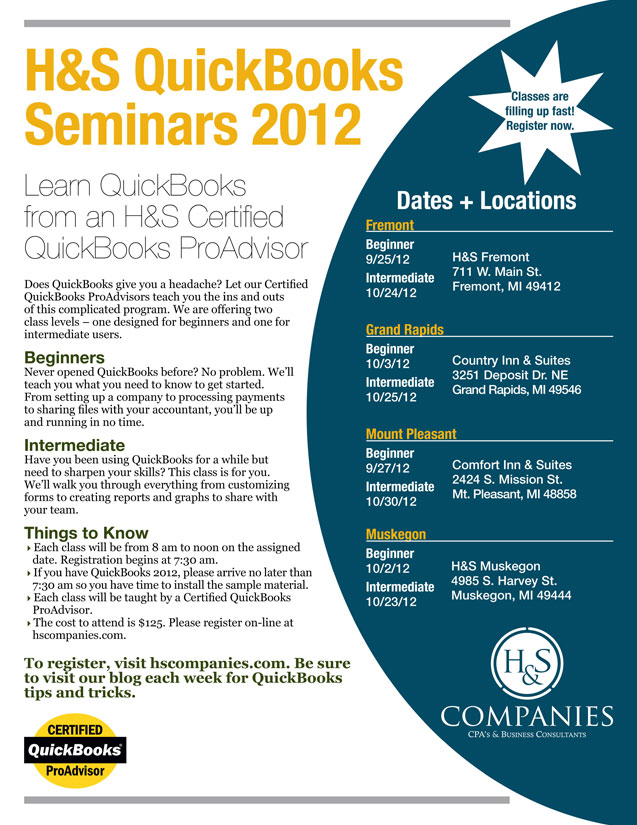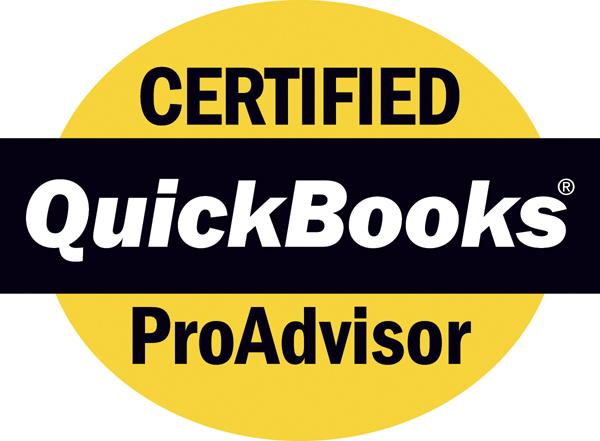How to Set Up a Loan in QuickBooks
 One of the most common mistakes we see in QuickBooks involves the setting up and paying of loans. Many QuickBooks users don’t set the loan up at all and just expense the total payment. Intuitively, this may make sense, but it is incorrect.
One of the most common mistakes we see in QuickBooks involves the setting up and paying of loans. Many QuickBooks users don’t set the loan up at all and just expense the total payment. Intuitively, this may make sense, but it is incorrect.
The loan should be set-up as a liability account on the balance sheet. The payments should be split between the interest and loan principle. The interest would be charged to interest expense and the principle to the loan liability account. You may have to set-up the loan as a new general ledger account. This is done in the chart of accounts by right clicking and choosing “New Account”. Be sure to use either a current liability or a long-term liability as the type of account.
As an example lets say you borrowed $10,000 and your first monthly payment is broke down as $900 principle and $100 interest. After setting up the account, you would record the deposit of $10,000 and use the loan account as the category. The payment would be split between $900 to the loan account and $100 to the interest expense account. This will drop the amount due on the loan to $9,100.
By entering the loan this way your balance sheet will be correct, and your expenses will not be overstated causing a surprise at tax time.


 QuickBooks is a powerful tool for tracking your businesses’ financial situation. The program is most effective if it’s set-up properly from the start. Below are some of the things our QuickBooks ProAdvisor, Scott Brewer, suggests you consider when configuring the program.
QuickBooks is a powerful tool for tracking your businesses’ financial situation. The program is most effective if it’s set-up properly from the start. Below are some of the things our QuickBooks ProAdvisor, Scott Brewer, suggests you consider when configuring the program.